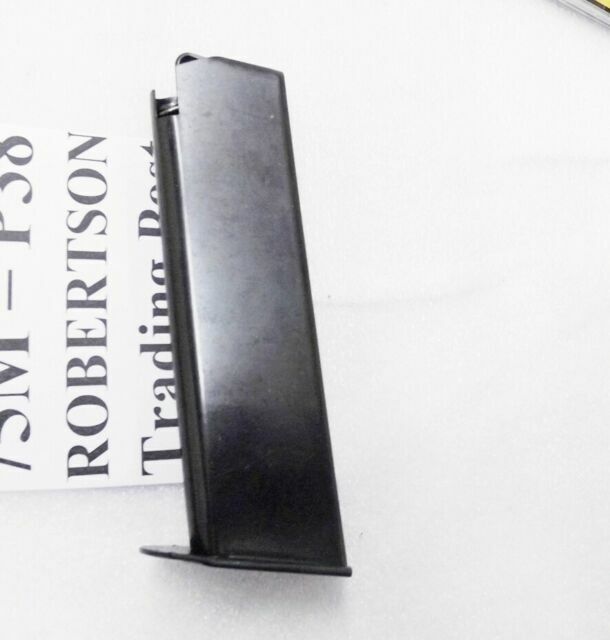
Most 'civilian' range use would probably be in SA mode, so the DA pull is a negligible concern- unless the intent was to carry the firearm for personal defense.īy comparison, single action semi-auto handguns have the same trigger pull for all shots, so there is no need to transition the grip, sight picture or expectations. The second through 8th shots, generally require between 5 and 8 lbs of trigger pressure- making the follow-up shots easier to control. Anecdotal 'evidence' has been offered to suggest this stiff first pull was considered a desirable characteristic by the German military in 1938 as it would result in fewer accidental first shots due to anxiety. With sufficient practice, accuracy is still degraded, but not as severely. This generally results in poor accuracy from the first shot, with rounds likely to be 2-3 feet off target, without sufficient practice.


On many individuals' handguns, the amount of force upon the trigger that is required to cock the hammer and fire in DA mode is close to 16 lbs. This force is somewhere between 14 and 20 pounds of trigger force. The handgun has a notoriously stiff initial shot in double-action mode, due to the amount of force required to cock the hammer through the trigger mechanism. The 'traditional' European heel location for the magazine release reduces the speed of reloads, but acts in a manner that is less likely to see an accidental ejection of the magazine- compared to the more common 'thumb button' on the side of the firearm. The P38 uses a double action trigger design similar to the earlier Walther PPKs, and a loaded chamber indicator is also incorporated. When fired both the barrel and slide recoil for a short distance, where the locking block drives down, disengaging the sliding and arresting the movement of the barrel. The breech-locking mechanism operates by use of a wedge-shaped locking block underneath the breech. In addition to the 9mm Parabellum version, some 7.65x22mm Parabellum versions were also created and sold. 38 Super, but these were never mass-produced. Several experimental versions were later created in. This led to the subsequent adoption of the P38 in 1940. The first designs submitted to the German Army featured a locked breech and a hidden hammer, but the German Army requested that it be redesigned with an external hammer. A pull of the trigger, with the hammer down, fired the first shot and the operation of the pistol ejected the fired round and reloaded a fresh round into the chamber, all features found in many modern day handguns. The shooter could load a round into the chamber, use the de-cocking lever to safely lower the hammer without firing the round, and carry the weapon loaded with the hammer down. The P38 was the first locked-breech pistol to use a double-action trigger.


 0 kommentar(er)
0 kommentar(er)
